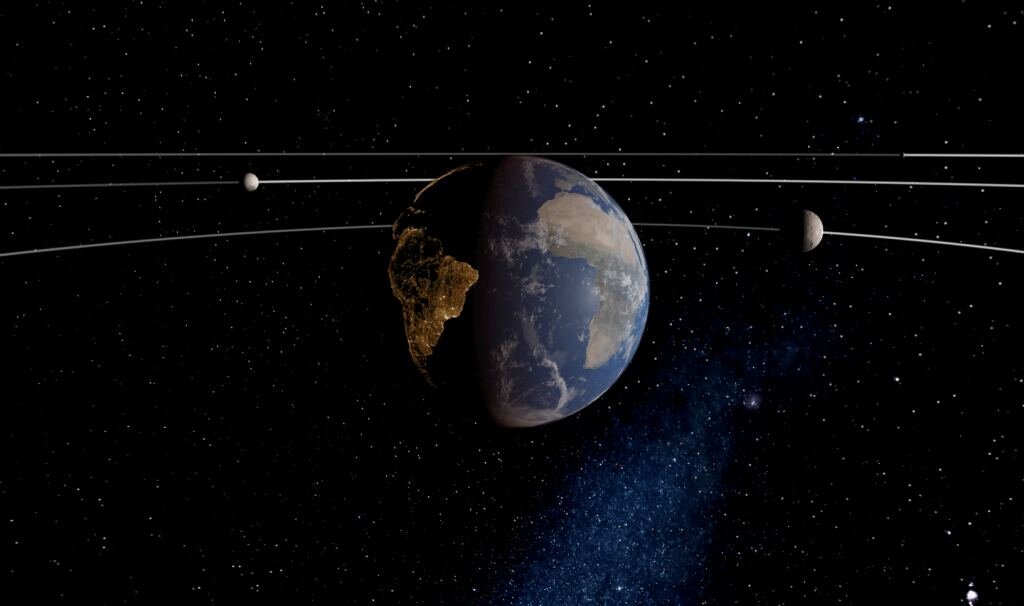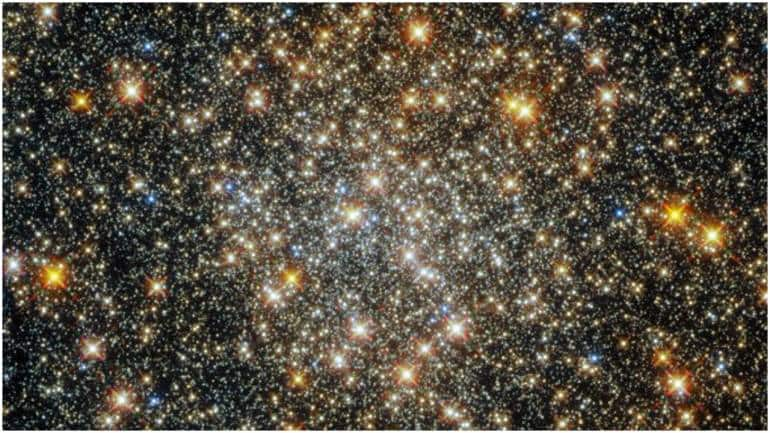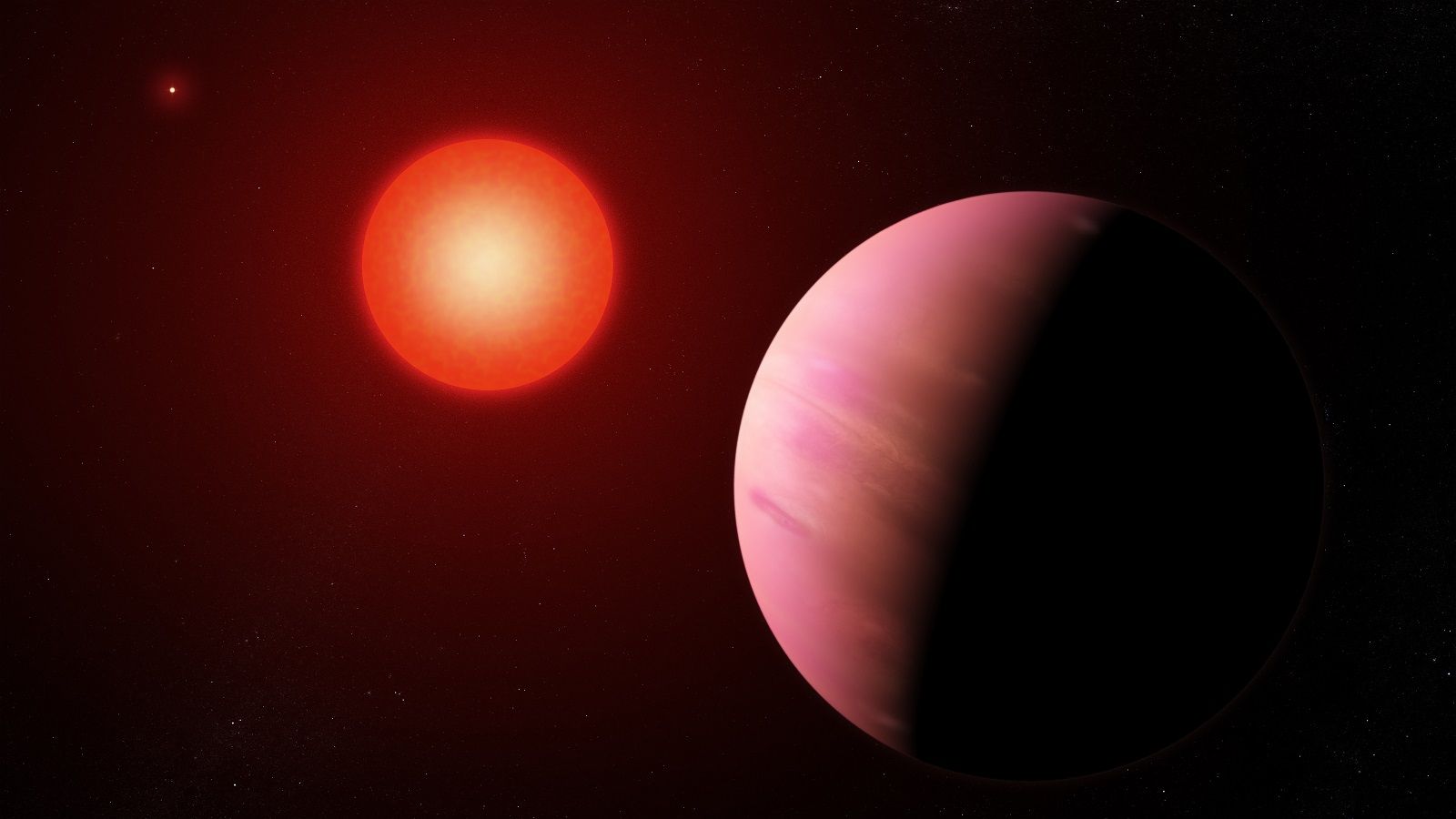
While there are over 200 moons in our solar system , only three orbit terrestrial (rocky) planets: our moon (Luna) around the Earth, and Phobos and Deimos around Mars. The remaining 200+ moons orbit all the gas giants, to include Jupiter, Saturn, Uranus, and Neptune.
"The surprise was that the lower mass prototypes were more limited, which we ascribe to their increased scattering probability (from a lower inertia)," said Quarles. "The perturbations from neighboring moons are enough to cause substantial scattering within a few thousand years.
The Juicy Secrets of Stars That Eat Their Planets

Researchers call them "cannibal stars" (although it is planets they eat, not other stars), and they might explain tantalizing mysteries in astronomy, weird orbital configurations and polluted starlight that have puzzled scientists for years.
Red giants, which were discovered about a century ago, sometimes make appearances in science fiction stories as ominous backdrops to doomed civilizations or as visions of our solar system's distant future.
Hot Neptune Desert — Harsh Radiation From Bright Stars May Be Stripping Off Gas From Their Planets

The brightest stars of the sky such as Sirius and Vega have one thing in common - they are both A-type stars, meaning they are about 1.5 to 2 times hotter than the sun and are orbited by Jupiter-like large planets.
Talking about the newly discovered planet, co-author and UC Berkeley graduate student Steven Giacalone said , "It's one of the smallest planets that we know of around these really massive stars. In fact, this is the hottest star we know of with a planet smaller than Jupiter.
NMSU professor awarded NASA grant, research may show how Pluto was formed
LAS CRUCES - In 2019, the New Horizons spacecraft flew by a snowman-shaped object within the Kuiper belt, a giant ring on the outskirts of our solar system composed of rocky and icy bodies orbiting the sun.
New Mexico State University Astronomy Assistant Professor Wladimir Lyra received a three-year, $365,000 NASA-Emerging Worlds grant to further the understanding of how these planetesimals form in circumstellar disks.
UAE's Hope probe gives new insight into temperatures on Mars
Researchers at New York University Abu Dhabi have used the Hope probe's data to measure the surface temperature of Mars more extensively.
The new study measured the surface temperature of the entire planet, including its daily and seasonal variations.
What is the Maximum Number of Moons that Earth Could Have? - https://t.co/S3d3f7t2vK by @ET_Exists https://t.co/xkMNPCvCIX universetoday (from Courtenay, British Columbia) Fri Aug 19 23:42:02 +0000 2022
Breaking: The VALORANT international leagues will begin with 30 teams for 2023, as I previously reported. But it… https://t.co/nAb2q948j5 GeorgeCGed (from London, United Kingdom) Tue Aug 16 14:57:36 +0000 2022
We love trees 🥰🍀💕❤️💋😘
#NFT #ETH #nftgiveaways #nftcommunity #Giveaways #NFTPromotion #ART
https://opensea.io/collection/aotam
Hot NFT tree art collection available. This is BIG!
See the amazing artwork. Click here.


No comments:
Post a Comment